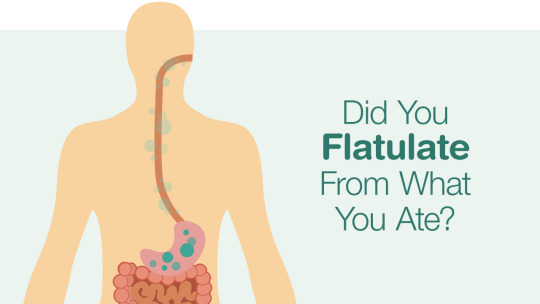
Most people pass gas at least 10 times a day. While passing
gas is a normal bodily process, it can be embarrassing or uncomfortable. Here’s
where it comes from—and how to eliminate excess gas.
What causes gas?
Gas typically comes from two sources:
- Swallowed air. It’s normal to swallow a small
amount of air when you eat or drink. However, swallowing too fast, talking
while eating, chewing gum or smoking can cause you to take in excess swallowed
air, leading to more gas. - Bacterial production from undigested foods. Gases
are produced as a by-product when naturally occurring bacteria in the colon
ferments carbohydrates that aren’t digested in your small intestine. Examples
of these foods are cabbage, cauliflower, broccoli and beans.
Some people experience stomach pain, bloating and gas when
they drink milk, eat certain cheese cheeses or ice cream. This condition is
known as lactose intolerance. People who are lactose intolerant don’t make
enough of an enzyme called lactase which is required to digest lactose, the
sugar found in milk and other dairy products.
Dietary fiber, certain medications and medical conditions
related to the digestive system can also contribute to increased gas.
How can you eliminate excess gas?
While you can’t get rid of gas entirely, try these
strategies to help prevent or reduce gas and bloating:
- Avoid carbonated drinks and reduce the amount of
gas-producing foods that you eat, like dairy products, certain fruits or
vegetables, whole grain foods and artificial sweeteners. - Keep a record of the foods
and drinks you consume and how they make you feel. This can help you identify which
foods are bothersome. - Slow down when you eat so you swallow less air.
- Try over-the-counter medications. Products that
contain simethicone, like Gas-X or Mylanta Gas, may help break up gas bubbles so
that they can be more easily belched away. Activated charcoal tablets, such as CharcoCaps,
may help relieve intestinal gas pain and odor. Beano, an over the counter
preparation that contains the enzyme alpha-galactosidase, can help break down
some non-digestible carbohydrates like those found in beans and some vegetables.
Bismuth subsalicylate, the active ingredient in products like Pepto-Bismol and Kaopectate,
may help reduce the odor of bad smelling gas.
Most of the time, gas and occasional bloating are nothing to
be concerned about. But they can be symptoms of a more serious problem. If your
symptoms don’t go away or seem to get worse, you should talk with your
healthcare provider.
By Amy Magill, MA,
RD, LDN
Amy Magill is a Manager of Clinical Programs and Quality for
Walgreens. She is a registered dietitian who is passionate about helping others
achieve healthier lifestyles.
Sources:
“Controlling Intestinal Gas.” Intestinal Gas.
International Foundation for Functional Gastrointestinal Disorders, Inc., 4
Sept. 2015. Web. 12 Aug. 2016. http://iffgd.org/symptoms-causes/intestinal-gas.html
Abraczinskas M.D., Diane. “Patient Information: Gas and
Bloating (Beyond the Basics).” Gas and Bloating. UpToDate, 24 June 2016.
Web. 12 Aug. 2016. https://www.uptodate.com/contents/gas-and-bloating-beyond-the-basics
“Gas and Gas Pains.” Bloating, Belching and
Intestinal Gas: How to Avoid Them. Mayo Foundation for Medical Education and
Research, 15 Apr. 2015. Web. 12 Aug. 2016. http://www.mayoclinic.org/diseases-conditions/gas-and-gas-pains/in-depth/gas-and-gas-pains/art-20044739
“Belching, Bloating, and Flatulence.” ACG
Patients. American College of Gastroenterology, July 2013. Web. 12 Aug. 2016. http://patients.gi.org/topics/belching-bloating-and-flatulence/#tabs2

